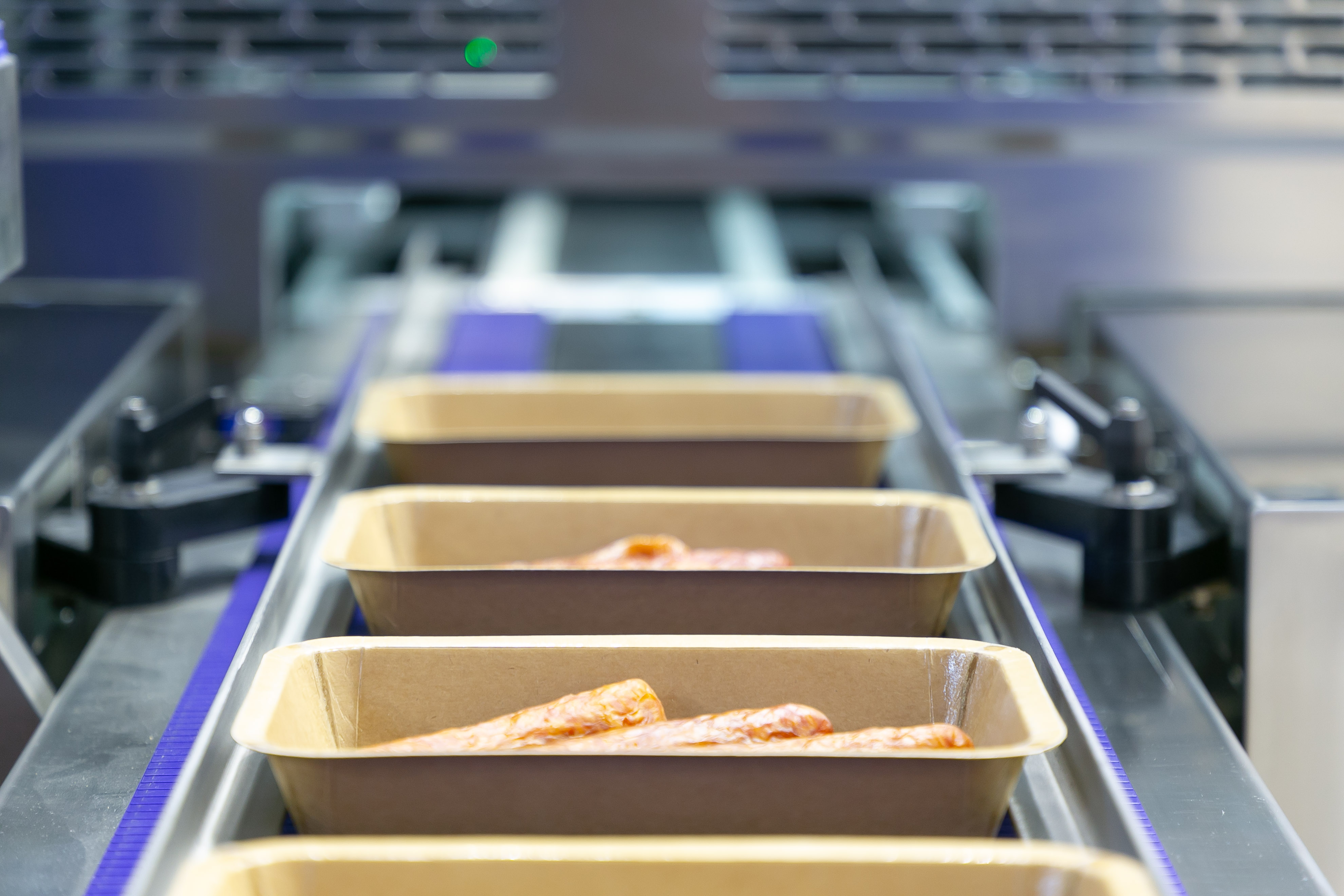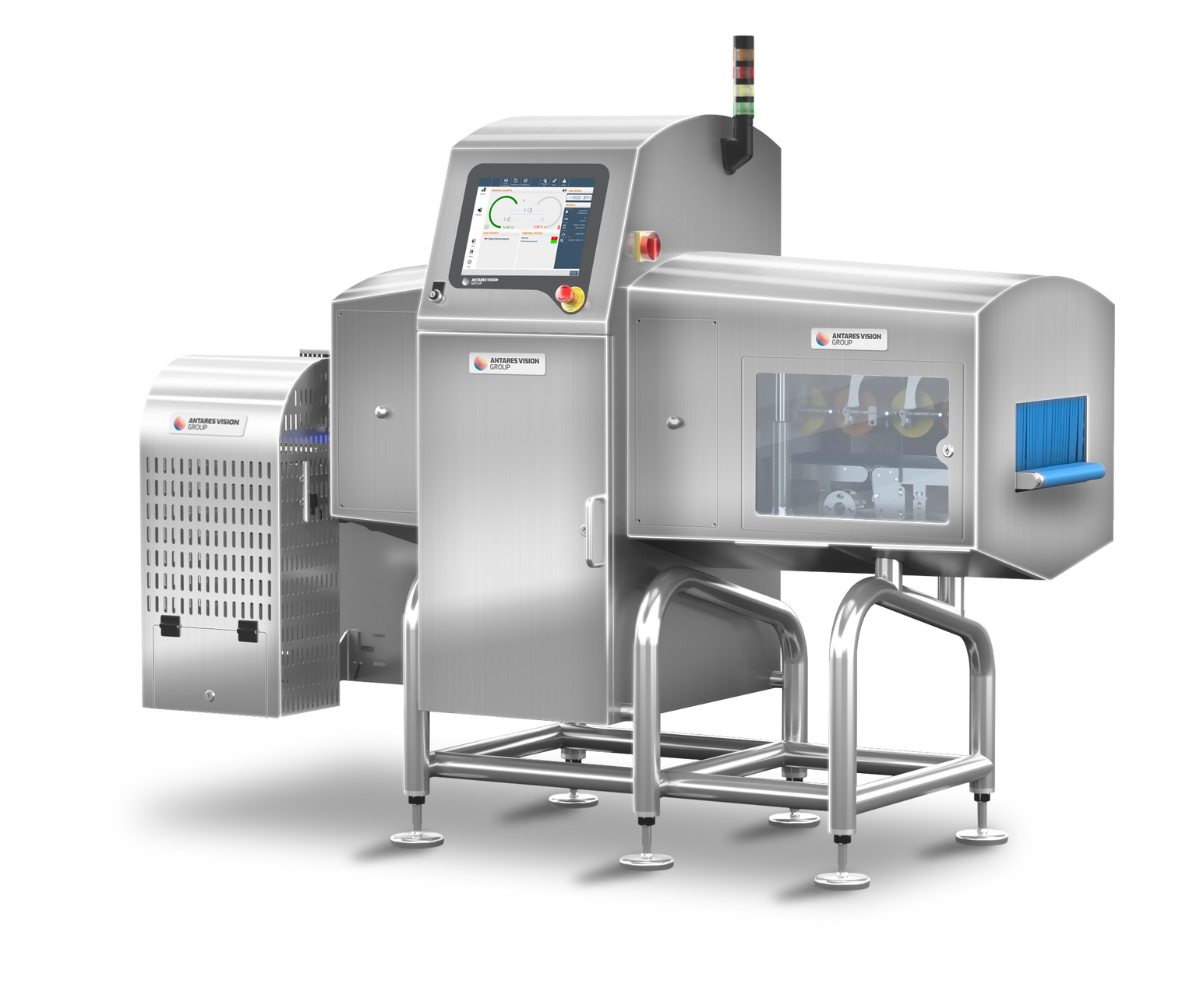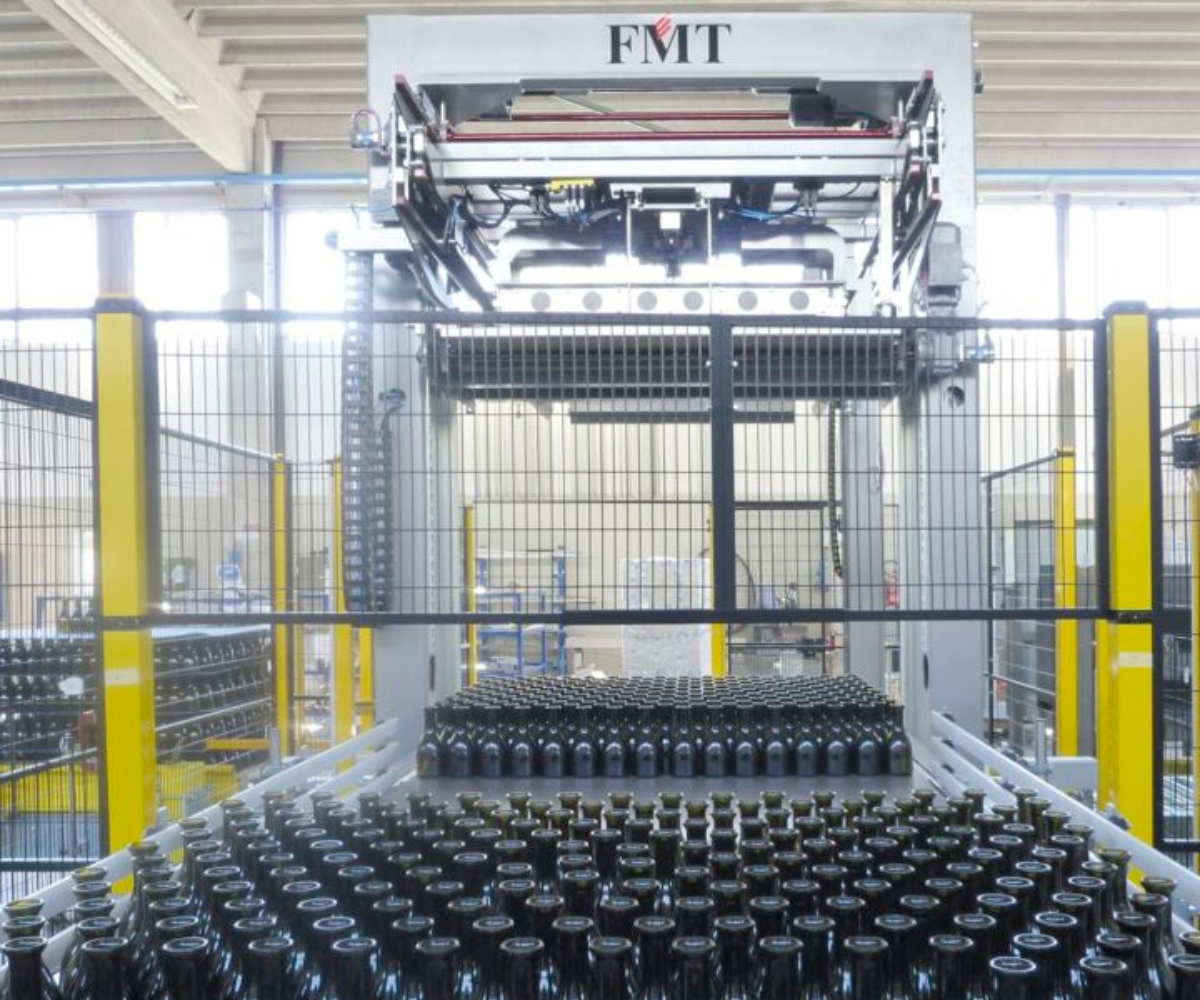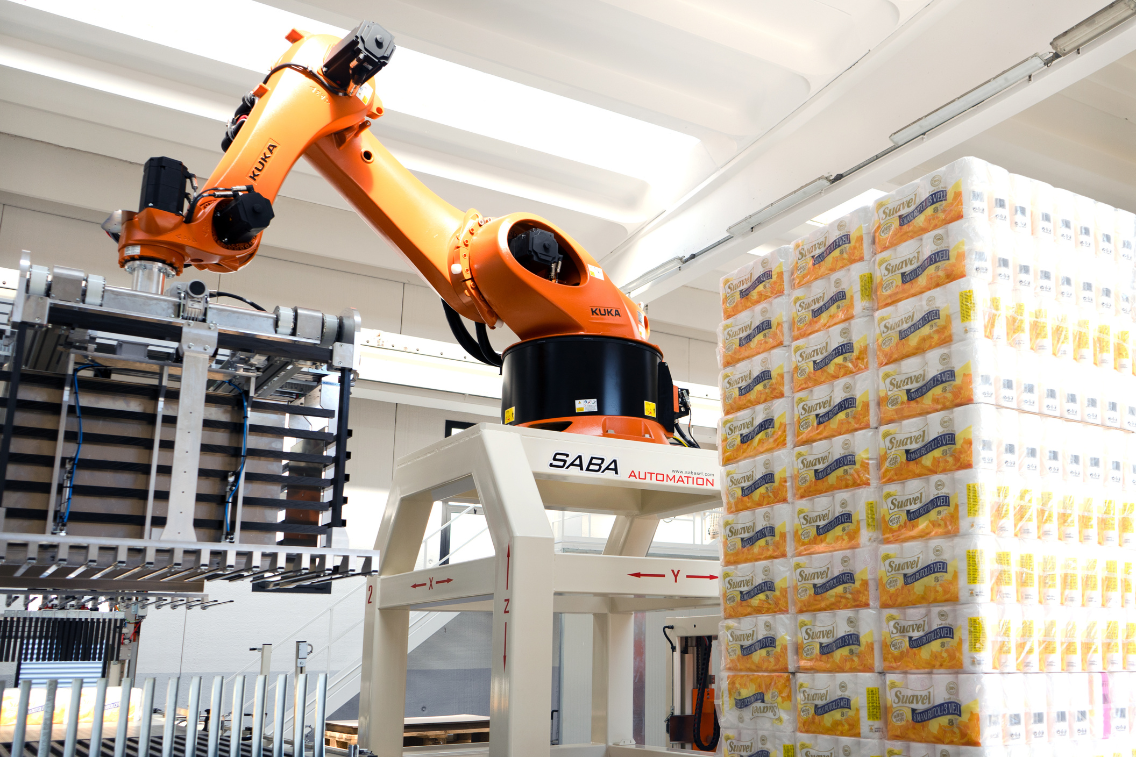Challenges in food protection: packaging that communicates

Innovate to face the challenges of the future. This rule always applies and packaging for the food market is no exception. In this segment, process optimisation, increased efficiency, and digitalisation are fundamental mechanisms to reduce waste and therefore enhance the environmental and social sustainability of production.
In line with this, smart packaging allows constant communication with data processing centres, while also conveying information to end users, ranging from product expiry details to the degree of ripeness or freshness, along with optimal storage temperatures and seal checks. Diverse data, then, which is indispensable for the producer (which can therefore guarantee products delivered in excellent condition), but also for consumers, for whom packaging performs various functions, spanning marketing and information provision to guaranteeing appropriate product storage and shelf life.
Moving over to the production side, there are a vast assortment of sensors and devices available that allow industry users to detect and absorb gases and substances emitted by fruit and vegetables during storage. Like ethylene absorbers for example, which can slow down the ripening process and consequently extend the half-life of fruit and vegetable produce. A similar function is also performed by oxygen absorbers, which prevent oxidation through, once again, a storage-related technique involving no chemical agents.
All of these solutions fall within a broader category known as ‘active packaging’, a new packaging concept based on interaction with the product’s surroundings (the environment and people) to enhance its quality and use.
Then there are the innovative materials, which make it possible to customise food packaging by reducing wasted space and improving the consumer experience, using materials based on plant fibres, bioplastics or compostables. These include edible films, made from potato starch or polysaccharides from algae, mushroom-based materials (mycelium), chitosan, a natural polysaccharide derived from chitin, found in the exoskeletons of crustaceans such as shrimps, crabs and lobsters, and nanomaterials, nanometre-sized particles offering improved barrier, antimicrobial resistance and advanced sensing, hydrogels, protein-, polysaccharide- and lipid-derived polymers capable of retaining large amounts of water while maintaining mechanical ductility and the ability to retard deterioration.
Macchine Alimentari magazine discusses it extensively. Click here

.png)



